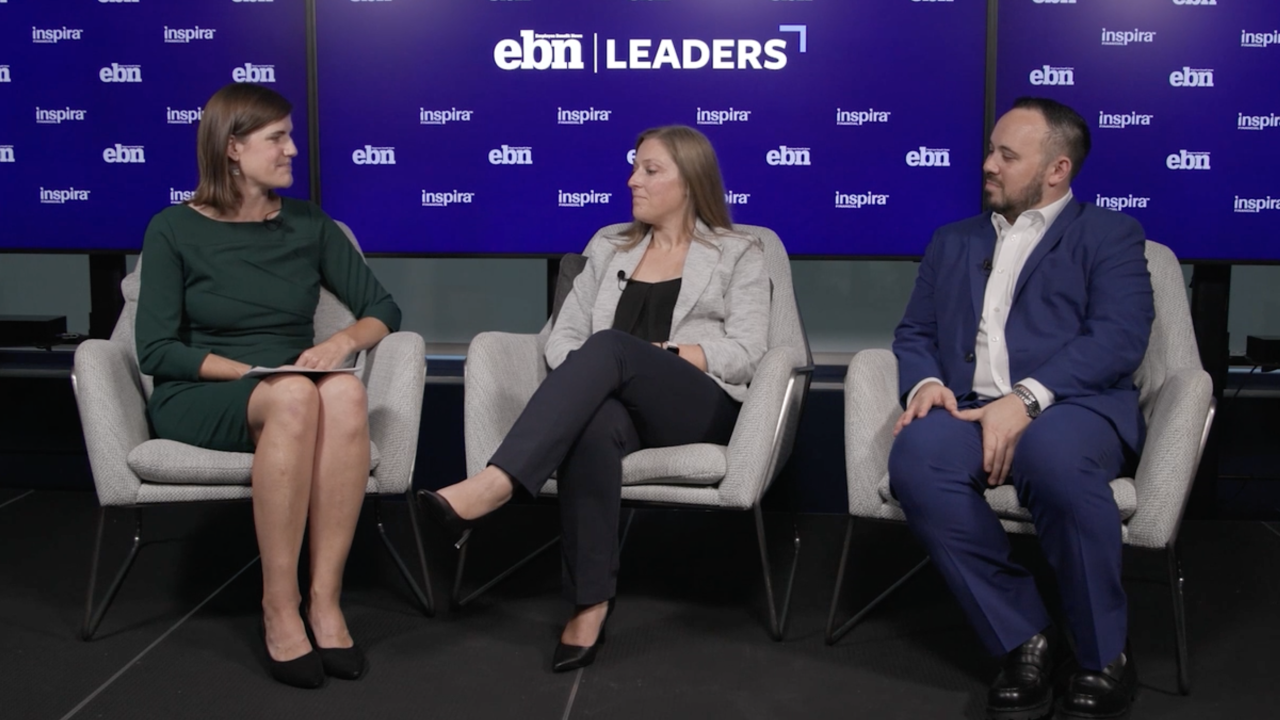The pandemic delivered a perfect storm of adversity and destabilizing events that impacted organizations’ most important asset — their people. We have endured an unprecedented level of disruption and technological transformation, much of it driven by the global crisis and the economic upheaval it has caused. Together with widespread social, political and climate instability, recent events have combined to produce a level of turmoil that we have never before known.
A key byproduct of pandemic turmoil is, as the World Health Organization terms it, “pandemic fatigue.” Brought about by an
Read more:
The mental and physical effects of this instability had already taken a serious toll and we realize that it is in fact not yet over. The pandemic accelerated the transition of “the future of work” and “digital transformation” requiring workforce resilience. Resilience helps workers to be adaptive, to work remotely, to work safely and to take on additional work responsibilities or changed job roles while managing disruption to their personal lives. HR executives have played a pivotal role in strategies and programs to protect and support their workforces through these crises and organizational changes.
Findings from our research make clear that this is not the time to let up — it is the time to deepen support because employer support makes a difference in employee well-being.
Read more:
In order to better understand the mental and physical impacts of the pandemic and the implications for organizational resilience, we conducted two COVID-19 specific self-checks of approximately 7,000 meQuilibrium members.
What we found confirmed that we are at the most critical moment in the pandemic. We saw double digit rises in key well-being and productivity risks across the population.
· Burnout was up 52%
· Job stress was up 15%
· Sleep troubles had increased 20%
· Motivation was down 30%
· Positivity was down 36%
· Physical symptoms of stress were up 32%
In the second check-in, we had the opportunity to dig a little deeper into the key drivers of the decline we are seeing among our members. The data suggest that the continued slide is driven — at least in part — by the additional responsibilities many of us have taken on at home.
Taking on new caregiving and additional work responsibilities came with a significant cost to well-being and motivation.
Almost 1 in 5 members reported taking on a new caregiving role due to the pandemic. Women — already at the forefront of balancing work and family challenges — were 40% more likely than men to report
· 6X greater increase in health worries
· 16% higher increase in burnout
· Twice the increase in work stress
· Nearly twice the decrease in motivation
In addition, 1 in 4 members reported taking on additional work responsibilities due to the pandemic. This also had a strongly negative impact: the increase in job stress was more than four times higher, feelings of burnout more than doubled, and we saw a more than four-fold decrease in motivation compared to members who had not taken on additional responsibilities.
The continued slide in wellbeing and motivation observed in the second COVID-19 self-check also expresses itself in attitudes toward pandemic precautions. Data from our members revealed evidence of pandemic fatigue even as early as last Fall. The more the pandemic wears on, the more physically and emotionally exhausted we become, and the more challenging it is to
The pandemic continues to be a danger to workforce well-being and productivity and HR leaders must take even stronger actions to repair the damage to their organizations and the well-being of their workforces, before it’s too late.






